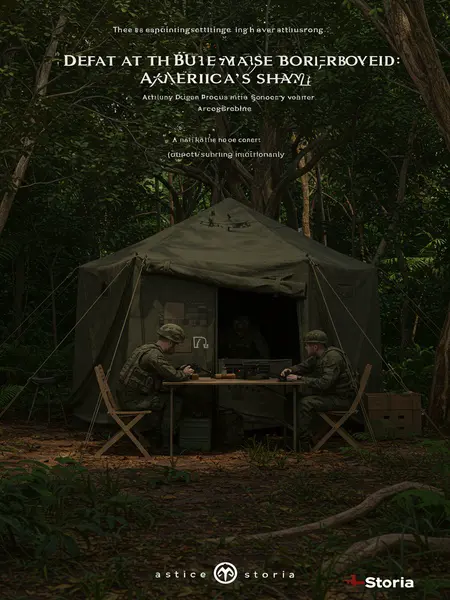Chapter 3: The Cost of Defeat
President Adams flew into a rage when he heard. His hands shook as he read the casualty list, the names blurring together. He slammed the report down, jaw clenched—he would not let America be shamed. He summoned William Young—a trusted old friend from the early days of the Republic—and told him to plan a new counteroffensive. Young was nothing if not ambitious. Within weeks, he’d gathered a force of fourteen thousand: everyone from city regulars to backwoods volunteers. He put the seasoned generals Charles Lee and Robert Hamilton in command, and made sure his orders carried the full weight of Washington behind them.
Young was so sure of victory that he sent proclamations ahead, demanding the cooperation of local leaders before a single shot had been fired. But when the Americans reached Burma, they learned the hard way that they were out of their depth. In December 1766, at the Battle of New Junction (up in what’s now Kachin State, northern Burma), the Burmese were waiting with French naval guns and heavy field artillery. The American lines buckled, and the rout was on. Young, Hamilton, and the rest barely escaped with their lives, slipping back across the border in shame. Their defeat was a bitter pill for the nation to swallow.
President Adams, now nearly out of patience, had Young, Hamilton, and the other failed commanders hauled back to Washington. The failed commanders stood before a military tribunal in Philadelphia’s old State House. The verdict—death by firing squad—sent shockwaves through the ranks. It was the kind of hard justice that shaped American legend: no room for failure when the nation’s pride was at stake. The papers ran with the story for weeks, and everyone from Philadelphia to Savannah debated it over breakfast coffee.













